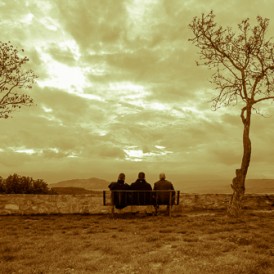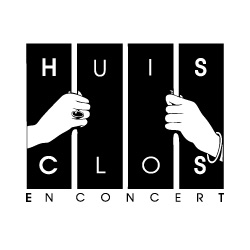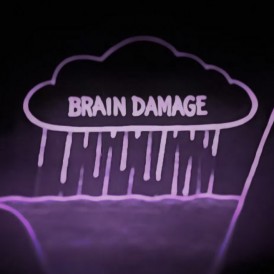Our song is named Magdala in reference to the Magdala tower in Rennes-le-Château and is influenced by the legends of this little town and its priest Bérenger Saunière (you can obtain more information about this history ona wikipedia ;).
History and legend of Rennes-le-Château:
The priest Bérenger Saunière (1852-1917) started to live as a millionaire and is supposed to have found a treasure and documents in one of the altar’s pillar of the church during some works, thesis that was confirmed by the 2 still alive in 1958 workers (out of 6) implicated in the works.
Two parchments of a non-confirmed origin, which are reproduced and exhibited in the village’s museum, would be part of the secret found by Saunière. One of them shows a genealogical table of the Merovingien dynasty, who should be Jesus of Nazaret’s descendants, taking into account certain legends.
It is clear that when the priest discovered the secret of the church his level of life changed dramatically for better, and he started to visit very select and happy few circles including members of the royal european families. Skepticals say that this sudden wealth came from the masses sold by Saunière’s father, without taking into account the limits imposed by the Clergy on that kind of activities; and that moreover some money originally collected for elder people charity buildings had been used personnally by the priest.
Nevertheless it is quite clear that the priest spent in his life much more money that he could gain by any means…
This is a picture of Magdala Tower, build on behalf of Bérenger Saunière, where his library was.
On another hand, history links the moment of the supposely fabulous treasure discovery with the beginning of peculiar buildings in the village such as igual modo, such as the Magdala Tower -dedicated to Maria Magdalena-, but also the revamping the the village’s church, in which the priest asked a terrible sentence to be written in the entrance: Terribilis est locus iste (This place is terrible, extracted from the Bible Genesis). Sculptures representing the demon Asmodeo, guard of the secrets, and a very peculiar viacrucis also adorn this church.
At the same time Saunière would have also revamped the cementery; changing gravestones from one place to another and completely erasing one of them.
La legend tells that Saunière went three weeks to Paris, where he spent a lot of time in the Louvre Museum and that he bought duplications of three paintings without any appearent connection between themselves: The shepherds of Arcadia from Poussin, a Saint Jerónimo from Teniers and an anonymous of the pope Saint Celestino V. The painting of Poussin is maybe the most interesting from a symbolic point of view: you can see 4 sheperds in front of a sepulchre, observing an inscription which says Et in Arcadia ego (in Arcadia I am). Some interpretations suggest that it is an anagram and if you re-order the letters you obtain in latin the sentence Here is the grave of God. The landscape that one can see in the back part of the painting looks very much as Rennes le Château, in which surroundings, curiously, existed a grave very similar to the one painted by Poussin, today disappeared.
History says that Louis XIV ordered to Poussin this famous painting and placed it in his proper bedroom as an important object and legend says that Versailles was build thanks to the treasures found in Rennes Le Chateau…
The sudden death of Saunière is another mystery because his sirvent asked for a coffin with his name before the priest started to be ill. Just before dying the priest was visited by another priest from the neighbourhood who went out very pale from the room and denied to give Sauniere the extreme unction. What did Saunière confessed him in his last moments?.
Today an enforcement oder forbids expressly to dig in the village; Nevertheless the mystery partisans say that the symbols remain there for the ones that are able to see them, and that those symbols offer to the visitors some clues about what is hidden in Rennes le Château.






